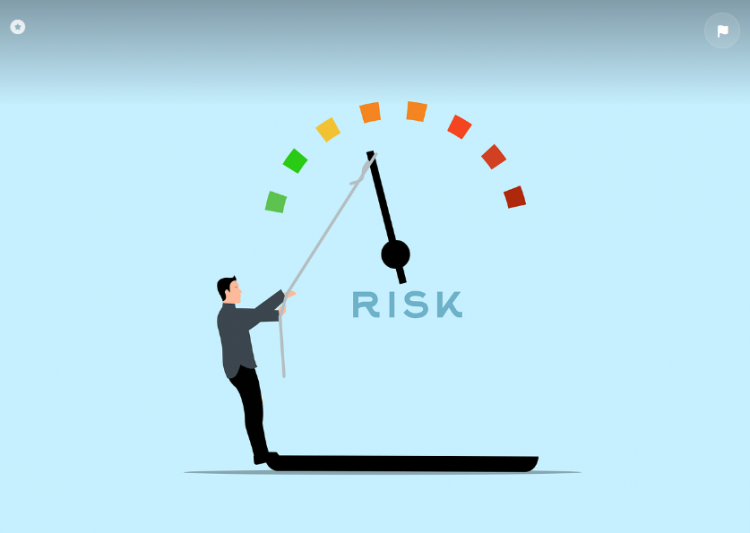Risk management is important in ensuring that software development projects are successful. This includes identification, evaluation and reduction of risks that may interrupt schedules, escalate costs or lead to project failure. Nowadays, the quick digital era follows the rule of thumb: if a new technology or methodology is introduced into it every day, then the software project will be successful provided only one condition - risk is managed well.
Planning for Potential Risks
The first step in effective risk management is thorough planning. This involves understanding the scope of the project, the technologies involved, and the team's capabilities. A comprehensive plan addresses potential risks associated with project management, technology, budget, and resources. For instance, for the igaming business a significant consideration in the planning phase is the integration of an igaming business solution by Altenar, which is crucial for projects aiming to leverage leading-edge technology in the gaming sector. By embedding such advanced solutions early in the planning process, projects can mitigate technology-related risks.
Risk Identification Techniques
It is important to note the risks that may be encountered during the initial stages of software development. There are various ways of doing this like holding brainstorming sessions, talking to the project stakeholders and looking at similar projects done in the past. Project managers should be aware that some of the risk events in software engineering are scope creep, technology mismatches, or lack of resources. Every risk identified should then have its importance and probability evaluated so that appropriate measures for handling them can be taken.
Utilizing Software Tools
The identification of risk can be automated by up-to-date software tools which also provide predictive analytics for risk anticipation on the basis of monitoring information. There are some instruments such as JIRA, Risk Radar, and Trello that project teams can employ to see the risks, which may disrupt smooth project completion (delay) and failure to deliver on objectives. Moreover, such instruments promote interaction between disparate personnel located in various areas or time belts to make sure that all of them are united as to emerging risks and their positions.
Mitigation Strategies for Common Software Project Risks
After identifying and ranking the risks, the next thing to do is coming up with ways of lessening the risks. Efficient risk mitigation involves formulation of risk response plans that may comprise alternate and contingency plans, risk evasion strategies, as well as risk transfer approaches. By taking this kind of approach, it becomes possible to deal with the risks in a planned way so that they are either controlled or removed from posing any harm to the project before time. In addition, involving shareholders within these strategies may assist in matching expectations and mobilizing available support.
Implementing Agile Methodologies
The use of Agile methodologies is one way through which a person can be able to reduce the chances of taking risks. With Agile, there are iterations in development so that projects can be very adaptive, able to deal with changing circumstances and hence lowering risks. The regular sprint reviews and retrospectives enable changes of plans that will stop risks turning into issues. Besides, this flexible system improves team agility and efficiency thus increasing the number of successful projects as well as contented third parties.
Monitoring and Controlling Risks Throughout the Development Lifecycle
It is important to continuously monitor risks in order for risk management strategies to be successful. This includes following known risks, continuously evaluating their changing probabilities and impacts, and executing risk response blueprints where appropriate. By upholding surveillance over the project's soundness, such preventive measures nip trouble in its bud and hence cut down heavily on any unwarranted expenses that may arise out of the matter.
Cultivating a Risk-Aware Culture
To ensure proactive risk management, it is important that the team establishes a culture where everyone is conscious of the risks. This entails educating every team player on how they can identify and communicate threats. An atmosphere promoting openness, continual education is favorable in improving risk control capabilities. Stimulating proactive behavior aimed at risk assessment develops individual commitment to fostering a watchful, adaptable and responsive working environment for tackling emerging issues.
Conclusion: Enhancing Project Success Through Effective Risk Management
Dealing with potential problems is insufficient for risk management in software projects if it is to be effective. This means that risk management should also improve the chances of success of the project in a very tough environment. Through the implementation of strong risk management strategies, teams can guarantee that they complete projects on time, within budget, and meeting the required specifications. Therefore to the posed question on the relevance of risk management through all phases in software development; it can be concluded that this is a comprehensive way of evading common errors and maximizing the results of a project undertaken. In addition, there are specialized solutions, such as those provided by Altenar, which can be used for overcoming risks related to the high level complexity inherent in today's igaming sector.





